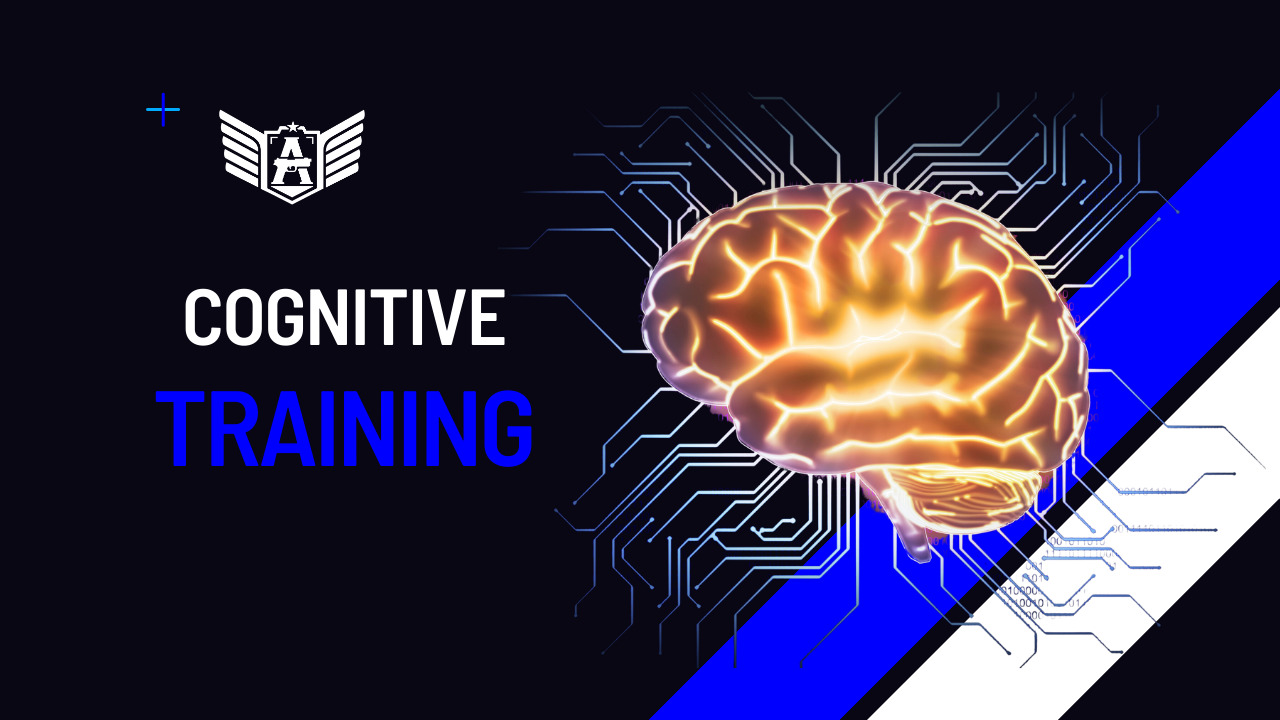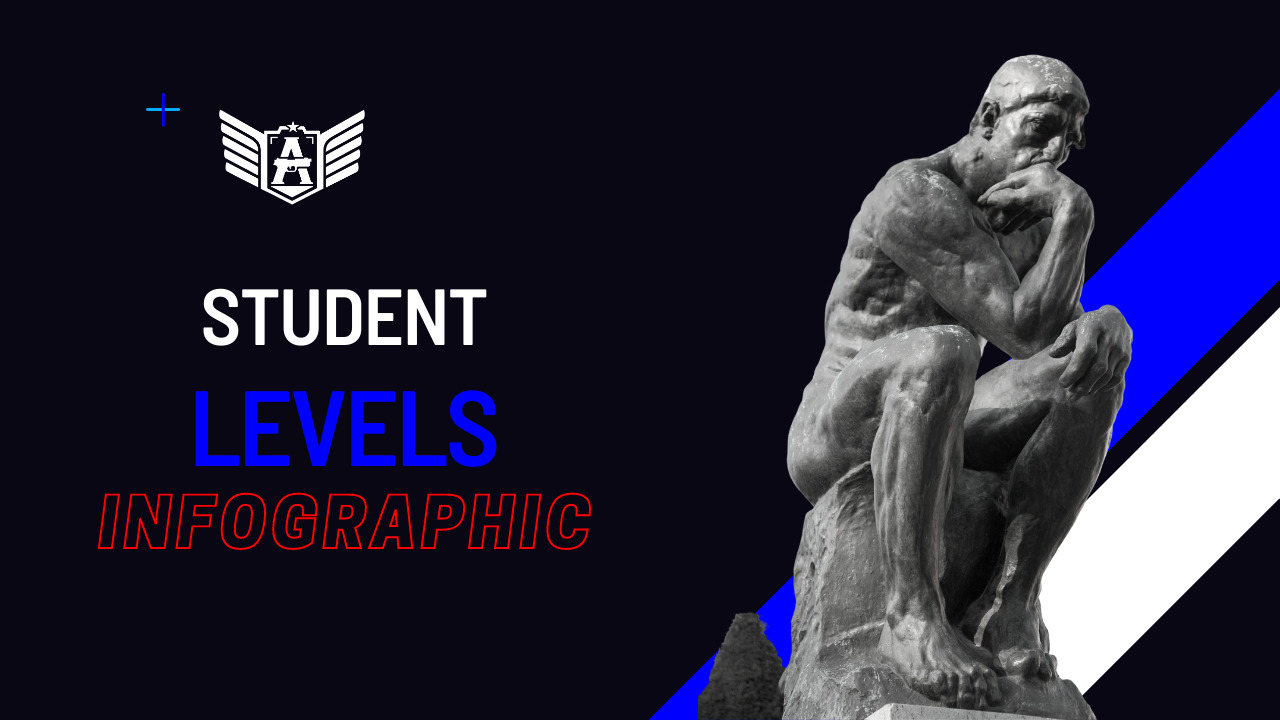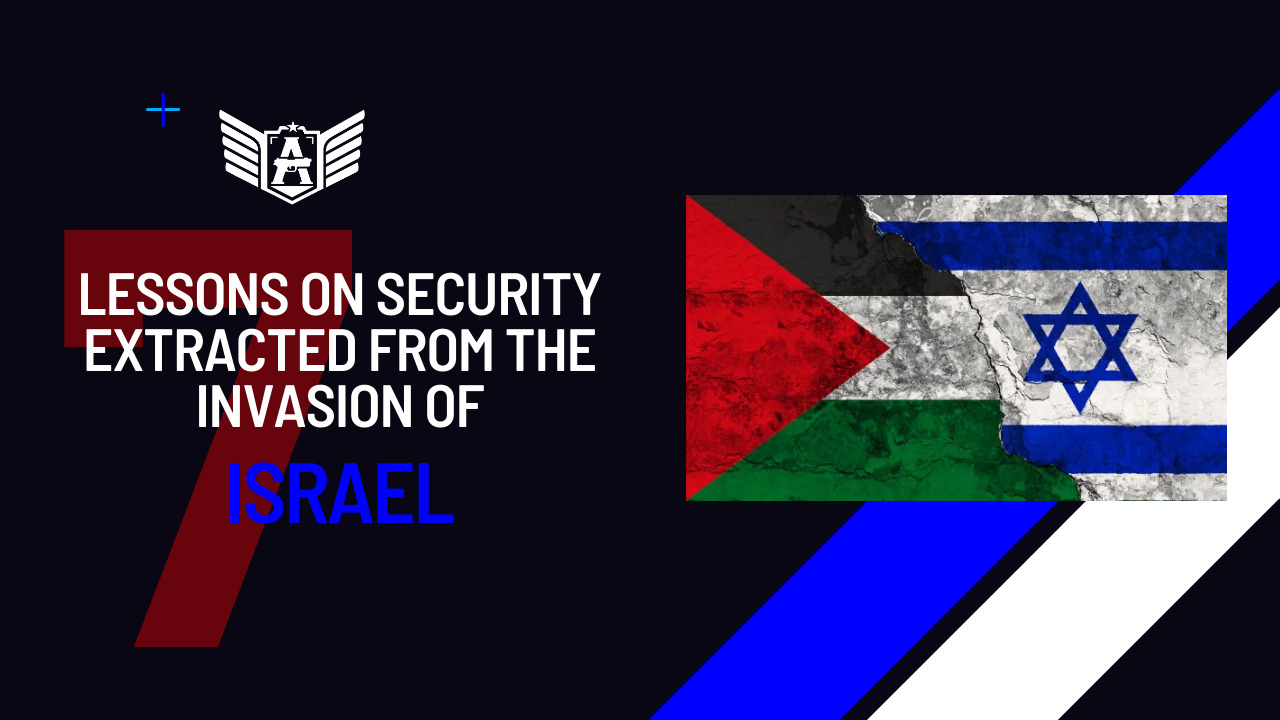
I often tell my students that learning to fight is all about learning how to think about it. Combat must be won with the brain, not just weapons.
However, what often happens is that cognitive training is the most neglected part for shooters.
While drawing quickly and hitting small targets at a distance is impressive, these skills alone are not sufficient to guide you through a life-threatening situation.
Effective tactical training helps you learn and think about decision-making under stress. I like to liken this to a game of chess. Many people believe that playing chess requires reasoning ability or intelligence. While chess players certainly possess these skills, they aren’t the sole factors that make some of them champions.
A skilled chess player comprehends the overall game and understands the probabilities of each move. If their opponent moves the knight a certain way, they anticipate their next move. When the adversary arranges their pieces in a particular manner, it’s not unexpected for the expert. Their task is to choose from a limited set of responses.
Similarly, in striving to become proficient fighters, it’s crucial to grasp the bigger picture of the fight. We need to have practiced various likely scenarios countless times so that when one of them unfolds, we’re equipped to choose from the available options.
Regarding decision-making, it’s worth mentioning the OODA Loop, developed by Col John Boyd. The OODA Loop assists us in comprehending how we function or, at times, how we’re supposed to operate to make sound decisions.
OODA stands for Observe, Orient, Decide, Act.

- Observe: Initially, we observe what’s occurring in the environment. We gather all available data from the scenario using our senses. We identify the threat and understand the problem.
- Orient: Once we grasp the situation, we can explore potential responses. The more experienced a fighter is, the more ways and intelligent approaches they can find in this phase to resolve the dilemma.
- Decide: This is where we need to choose between the available options. Most untrained (or poorly trained) individuals struggle to navigate this phase during high-stress situations.
- Act: Lastly, we translate these thoughts into action, bringing our planning and decisions into the real world.
The role of effective tactical training is to assist shooters in transitioning smoothly from the second “O” to “D.” This process should commence during the initial stages of shooter training, seeking techniques and exercises that are applicable to real-life scenarios. It should continue through the advanced stages of training, where the emphasis shifts from “how” to do something to “what” actions to take.





